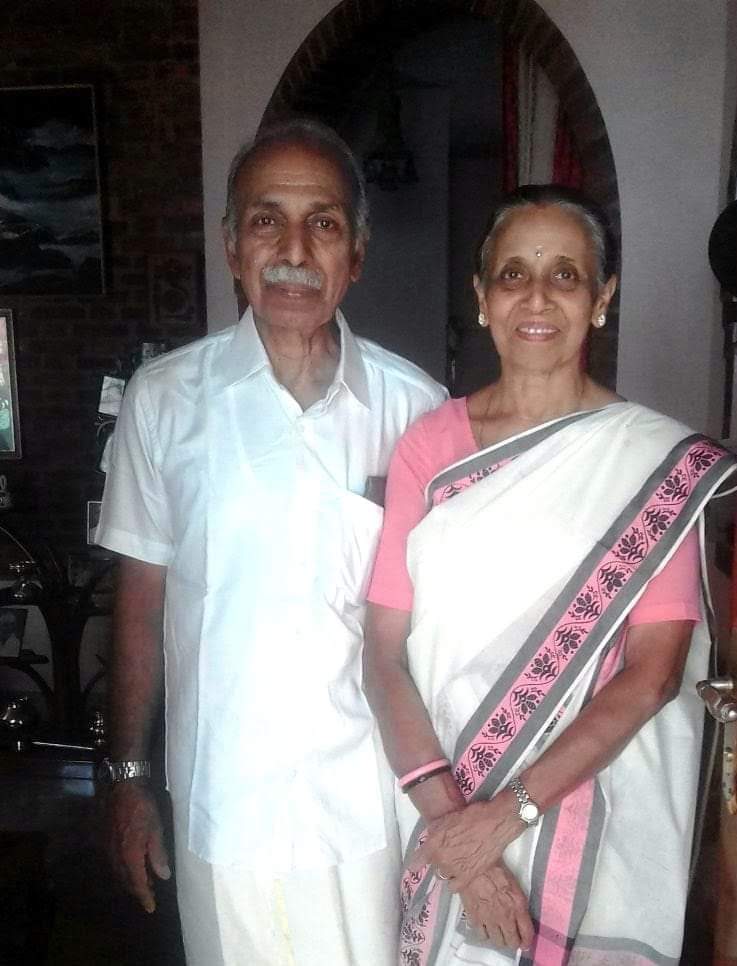SUGGESTIONS TO ANIMAL HUSBANDRY MINISTRY OF INDIA.
BY Prof Dr. Rama kumar V.
(Retd. ),Secretary , VCI
For the new independent ministry of Animal Husbandry may consider the following
PART 1
- Rename the ministry as ministry of Animal resource development
2.Globally Animals support 33% of the human needs. But the way animal resources are developed and used vary widely in different parts of the world. Animal resource is a means to sustainability, multiple income-earning opportunity (MIEO), equity and life support to millions, specially differently able persons, small holders, weaker sections, women & children.
The west, where substantial part of food is of animal origin, had adopted an agri-based farming system away from human habitation.They call it animal agriculture or animal production.For development they cleared considerable forest areas and introduced mechanized farming for coarse grain and grassland development. In those countries, the thrust of live-stock production started after most of the existing contagious and infectious diseases (mostly Type A) were eradicated by a rigorous policy of mass slaughter and burial (stamping out). To prevent introduction of exotic disease they established. highly sophisticated laboratories of P3-P5 level and high security animal disease labs. However, the system faced sustainability problems due to intensive use of land, water and energy. The impact was not immediately felt by the community because (a) hardly 4% of the population is involved in food production, (b) farms were situated far away from human habitation and (c) food was heavily subsidized.
Worldwide, between 10 to 15 billion domestic animals is utilizing former wildlife habitat. More than a billion of these are ruminants and they dominate at least 3 billion hectares of land a piece nearly the size of Africa. (Myers 1984),
African continent grazed their cattle in forest ‘en masse’ to the extent that forest is depleted and became a potent source of diseases to both live-stock and the man.
Indian system of Husbandry is essentially an avocation of millions of small holders who raise animals along their dwellings, essentially on crop residues (CR*) and common property resources (CPR). Unlike the west, Animal husbandry in India does not depend so much on cropping/ crop production as the system is not grain based, nor has it adopted mono-culture grassland system . For the same reason, animals in India do not compete with man for food. On the other hand they clear food unfit for human consumption and crop residues, converting them into tons of bio-mass useful for organic farming. Besides converting waste, animals convert them into protein rich food, fiber and energy. Our domestic animals produce sizeable quantity (more than 500 million tons) of organic manure for crop production. Animals like Camel and yak grow and support human life in places where cropping is virtually impossible. Many farm stocks like the duck and geese are water based. Besides food they clear weeds & parasites and provide manure for wet land agriculture. This integration (mixed farming) is a process of mutual benefit. It must be differentiated and considered from subservience or commodity concept.
In India, average production of rice and wheat straw per annum is estimated to be around 200 million tons. Much of it is being wasted or burned causing immense pollution, when there is acute shortage of dry fodder for livestock exist in India. Export of oil cakes deprives domestic live-stock of feed. 17 MTs of Maze cobs & 67 MTs Bagasse produced shows that even though integration is an accepted in principle it has never been practice; nor has locality based research support of the system Pl discuss


